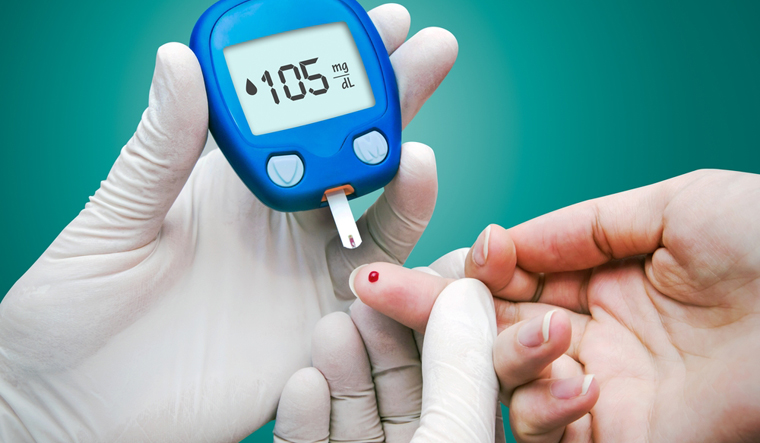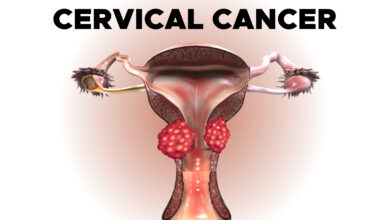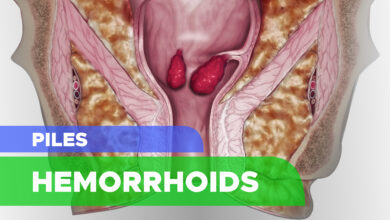
Diabetes Tests for Type 1 Diabetes, Type 2 Diabetes, and Prediabetes
Diabetes Tests and Diagnosis
You’ll need to get your blood sugar tested to find out for sure if you have prediabetes or type 1, type 2, or gestational diabetes. Testing is simple, and results are usually available quickly.
Tests for Type 1 Diabetes, Type 2 Diabetes, and Prediabetes
Your doctor will have you take one or more of the following blood tests to confirm the diagnosis:
A1C Test
The A1C test measures your average blood sugar level over the past 2 or 3 months. An A1C below 5.7% is normal, between 5.7 and 6.4% indicates you have prediabetes, and 6.5% or higher indicates you have diabetes.
Fasting Blood Sugar Test
This measures your blood sugar after an overnight fast (not eating). A fasting blood sugar level of 99 mg/dL or lower is normal, 100 to 125 mg/dL indicates you have prediabetes, and 126 mg/dL or higher indicates you have diabetes.
Glucose Tolerance Test
This measures your blood sugar before and after you drink a liquid that contains glucose. You’ll fast (not eat) overnight before the test and have your blood drawn to determine your fasting blood sugar level.
Then you’ll drink the liquid and have your blood sugar level checked 1 hour, 2 hours, and possibly 3 hours afterward.
At 2 hours, a blood sugar level of 140 mg/dL or lower is considered normal, 140 to 199 mg/dL indicates you have prediabetes, and 200 mg/dL or higher indicates you have diabetes.
Random Blood Sugar Test
This measures your blood sugar at the time you’re tested. You can take this test at any time and don’t need to fast (not eat) first. A blood sugar level of 200 mg/dL or higher indicates you have diabetes.
| RESULT* | A1C Test | Fasting Blood Sugar Test | Glucose Tolerance Test | Random Blood Sugar Test |
| DIABETES | 6.5% or above | 126 mg/dL or above | 200 mg/dL or above | 200 mg/dL or above |
| PRE-DIABETES | 5.7 – 6.4% | 100 – 125 mg/dL | 140 – 199 mg/dL | N/A |
| NORMAL | Below 5.7% | 99 mg/dL or below | 140 mg/dL or below | N/A |
*Results for gestational diabetes can differ. Ask your health care provider what your results mean if you’re being tested for gestational diabetes. Source: American Diabetes Association
If your doctor thinks you have type 1 diabetes, your blood may also tested for autoantibodies (substances that indicate your body is attacking itself) that are often present in type 1 diabetes but not in type 2 diabetes.
You may have your urine tested for ketones (produced when your body burns fat for energy), which also indicate type 1 diabetes instead of type 2 diabetes.
Tests for Gestational Diabetes
Gestational diabetes is diagnosed using blood tests. You’ll probably be tested between 24 and 28 weeks of pregnancy. If your risk is higher for getting gestational diabetes (due to having more risk factors), your doctor may test you earlier.
Blood sugar that’s higher than normal early in your pregnancy may indicate you have type 1 or type 2 diabetes rather than gestational diabetes.
Glucose Screening Test
This measures your blood sugar at the time you’re tested. You’ll drink a liquid that contains glucose, and then 1 hour later your blood will be drawn to check your blood sugar level. A normal result is 140 mg/dL or lower. If your level is higher than 140 mg/dL, you’ll need to take a glucose tolerance test.
Glucose Tolerance Test
This measures your blood sugar before and after you drink a liquid that contains glucose. You’ll fast (not eat) overnight before the test and have your blood drawn to determine your fasting blood sugar level.

Then you’ll drink the liquid and have your blood sugar level checked 1 hour, 2 hours, and possibly 3 hours afterward.
Results can differ depending on the size of the glucose drink and how often your blood sugar is tested. Ask your doctor what your test results mean.
Prevent Type 2 Diabetes
If your test results show you have prediabetes, ask your doctor or nurse if there is a lifestyle change program offered through the CDC-led National Diabetes Prevention Program in your community. You can also search for an online or in-person program. Having prediabetes puts you at greater risk for developing type 2 diabetes, but participating in the program can lower your risk by as much as 58% (71% if you’re over age 60).
Diabetes Treatment Plan
If your test results show you have type 1, type 2, or gestational diabetes, talk with your doctor or nurse about a detailed treatment plan—including diabetes self-management education and support services—and specific steps you can take to be your healthiest.



